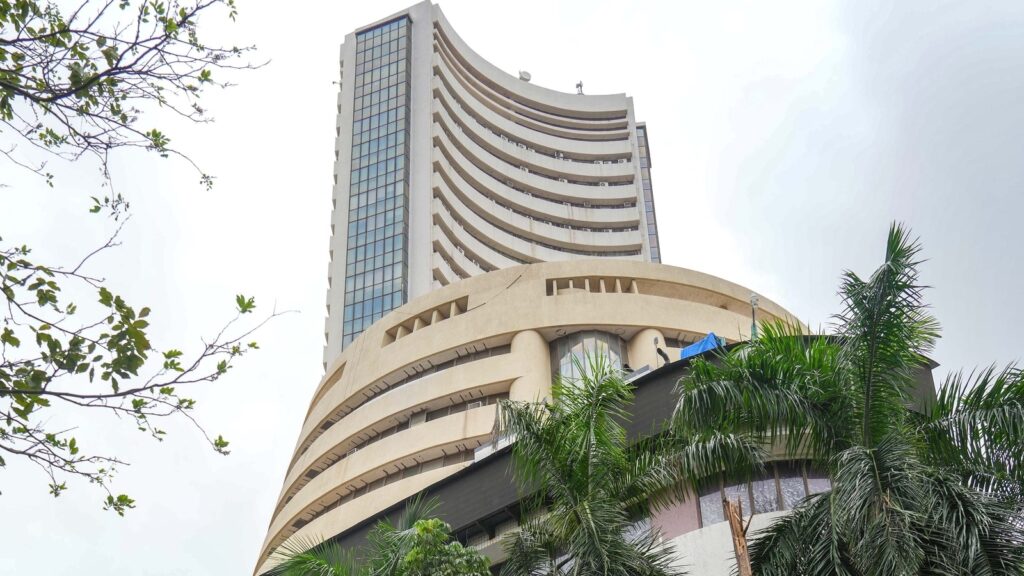“If the animal spirits are dimmed and the spontaneous optimism falters, leaving us to depend on nothing but a mathematical expectation, enterprise will fade and die; though fears of loss may have a basis no more reasonable than hopes of profit had before,” John Maynard Keynes, wrote in his cult classic The General Theory of Employment, Interest and Money. While a lot of current day economics is about far more complicated models than Keynes’s elegant prose, sentiment continues to play a key role. It is on this count that the Nifty 50 crossing the 20,000 mark — it closed at 19,993.20 on Tuesday — is an important milestone in India’s economic journey. The Nifty 50 comprises some of the biggest companies in India and is rightly taken as the bellwether of investor sentiment. The index was originally launched in 1996 with a base value of 1,000, and it had crossed the 10,000 mark in 2017. Apart from the generic sentiment value around the event, are there substantive takeaways from the Nifty 50 crossing this threshold? At least three can be listed.
The fact that the index crossed the 20,000 mark in the first session after the conclusion of a successful G20 summit under India’s presidency sends a clear message that geopolitics and economics are organically linked in today’s world. This is especially true for India, given the crucial window it has to exploit the growing sentiment around the China-plus-one pivot. Short-term movements, both upwards and downwards, in equity markets can often be driven by factors which are completely exogenous to the state of actual economic activity. To be sure, the PE multiple — it measures the ratio of share price to earnings — for Nifty 50 is much lower than what it was in the immediate aftermath of the post-pandemic surge. This rules out irrational exuberance, at least as of now. Also, the long-term growth story in India’s capital markets underlines the fact that the Indian economy is still to reach its peak.
The surge in Indian equity markets in the past few years is also a reflection of the middle class realising the merits of investing in the larger growth story rather than locking their savings in traditional assets such as real estate or gold. This only increases the need for continuous regulatory zeal and innovation.

